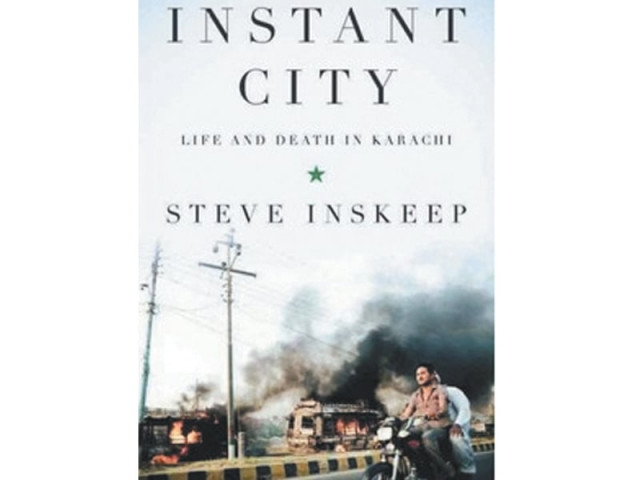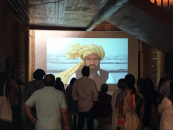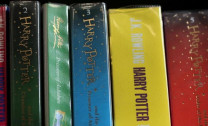Book review: Instant City - life and death, in the blink of an eye
American writer scratches the surface of Karachi’s conflicts and contradictions.

Book review: Instant City - life and death, in the blink of an eye
The second part of the book focuses on key landmarks of Karachi, selected strategically for delving into the history and socio-political dynamics of the port city. The third section sheds light on Karachi’s urban projects — the construction of world-class shopping malls, residential complexes and infrastructure — and the impediments they face. And in the final part, Inskeep reflects on the downside of rapid urban development after World War 2, with notes on how Karachi can improve.
What makes Inskeep a great raconteur is his attention to the most subtle paradoxes. In his often ironic observations the reader is confronted with the tale of a city which grows, self-destructs and revives only to follow the same cycle again. His work is refreshing because it doesn’t offer simplistic explanations. From Ardeshir Cowasjee’s lavish home to the dusty SITE industrial area, Inskeep traverses the expanse of the urban centre in his quest for answers. And he matches oral narratives with intensive secondary research from newspaper archives dating back to independence.
Yet the narrative he constructs is not perfect. Inskeep’s account of the ‘instant city’ is problematic because it gives ‘instant’ details; the book switches back and forth between several topics. The attempt to touch on a plethora of themes — landmarks, history, politics and anecdotes — results in information overload for a novice on the subject of Karachi. As the narrative moves jerkily from the crowded Saddar area to the sumptuous Boat Club, from Jamaat-i-Islami’s foundations to chaotic ethnic politics, it often lacks smooth transitions. But in Inskeep’s defence, the messy narrative reflects what the city is really like. There are no seamless shifts in the arbitrary landscape and disorderly politics of the metropolis. Karachi is, after all, simply an intriguing mess.
Published in The Express Tribune, Sunday Magazine, December 4th, 2011.



















COMMENTS
Comments are moderated and generally will be posted if they are on-topic and not abusive.
For more information, please see our Comments FAQ